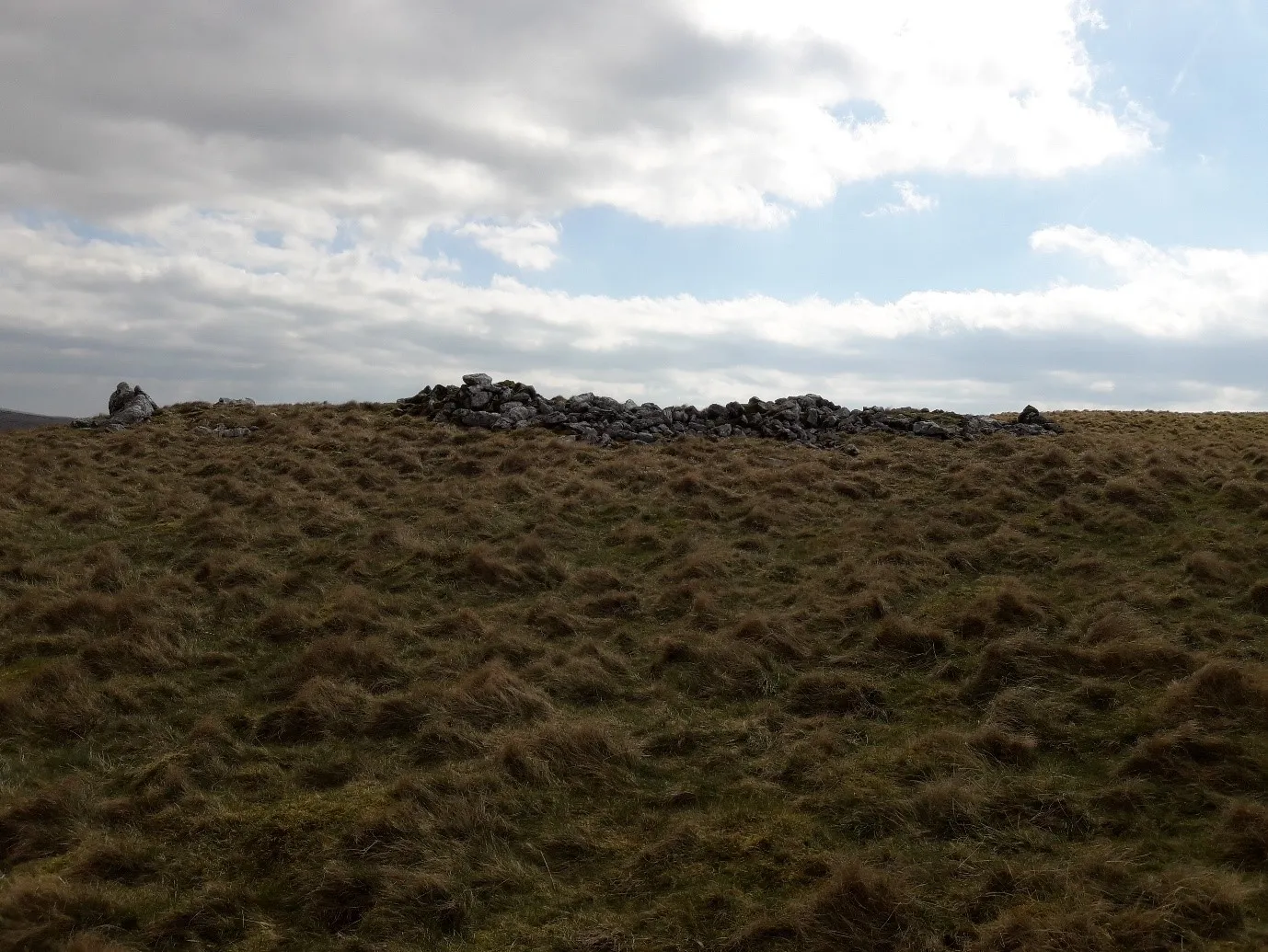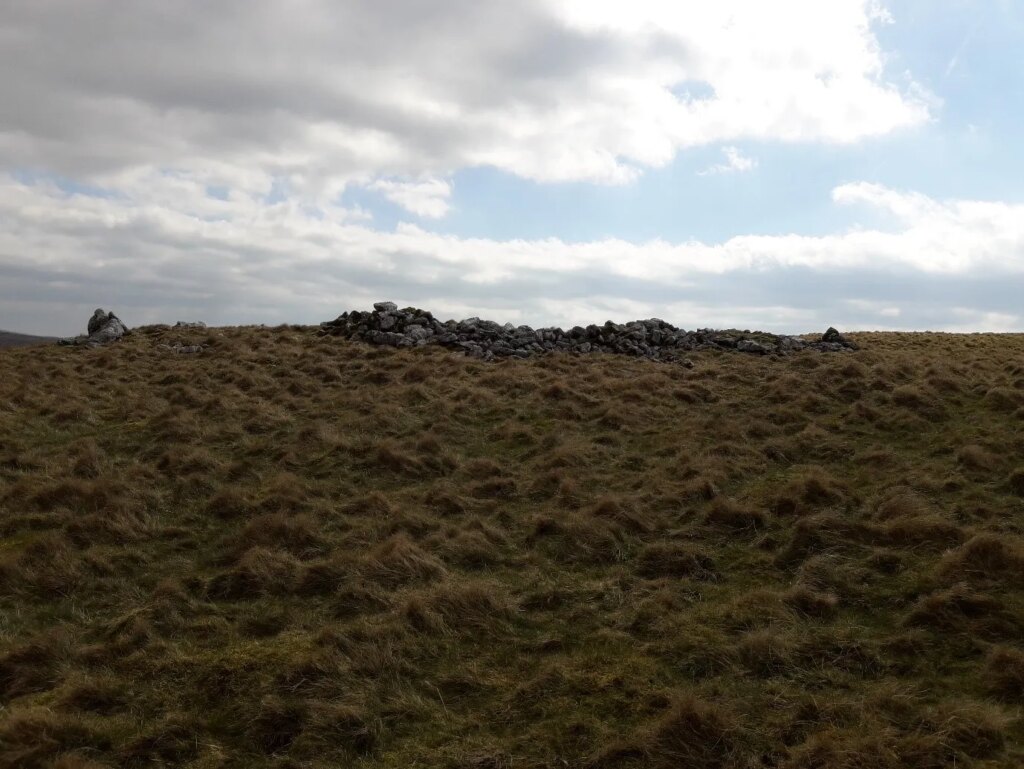
One of England’s oldest structures constructed by humans, the Dudderhouse Hill long cairn, has been granted protected status by the country. At 5,000 years old, the stone marker in the Yorkshire Dales National Park is thought to predate Stonehenge.
Cairns are a human-made pile of stones that traditionally serve as a marker or burial mound.
The Dudderhouse Hill long cairn is a rare neolithic marker built by a community between 3400 to 2400 BCE. Though it would have originally had structured chambers, today all that remains is a partly turf-covered oval mound of stones measuring 75-feet long by 39-feet wide at three-feet tall. The structure offers insight into the lives, deaths, ritual practices, and beliefs of early farming communities in England.
“It doesn’t look particularly impressive and that’s one of the problems,” Paul Jeffery, Historic England’s national listings manager, told the BBC. “Unfortunately, because they don’t realize that this is such an important site, some people walking past pick up stones from what they think is just this pile and then add them to the other cairn and obviously that causes harm.”
Now that the site is designated a Scheduled Monument, it is recognized as a nationally important archaeological site and, as such, is legally protected against unauthorized alteration or damage. The cairn wasn’t officially recorded until 2008.
“In 2023 it was noted that an upper layer of stone had been removed from it to enhance a nearby walkers’ cairn, which prompted a scheduling application to Historic England,” Myra Tolan-Smith, the Historic England listing adviser for the North region, told The Art Newspaper. “We hope that its new status as a prehistoric funerary monument of national importance will raise awareness amongst the wider public of both the importance and the vulnerability of this significant part of our shared cultural heritage.”
This historic decision, Noland added, “means we can now plan a holistic repair and interpretation project on the monument, to address the recent damage that the site has suffered.”


